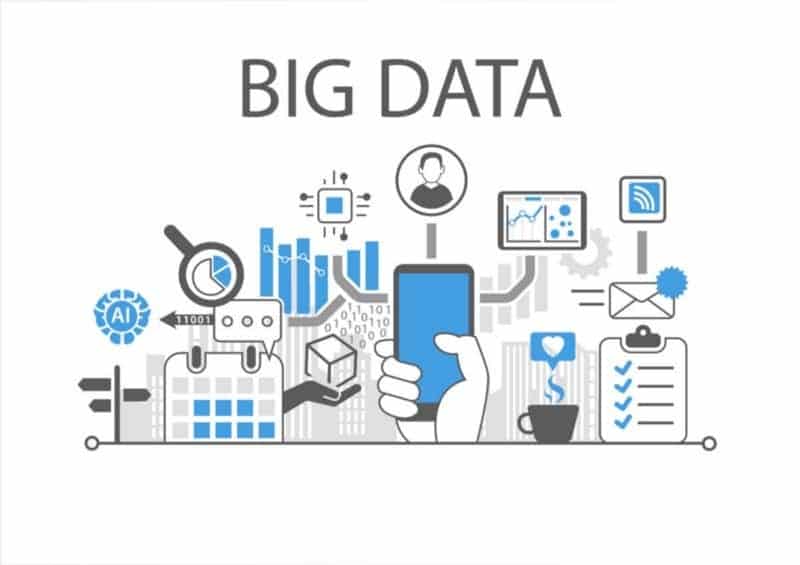Collecting and analyzing big data

In the era of digital transformation, the importance of collecting and analyzing vast datasets cannot be overstated. This practice has become the backbone of making informed decisions across various sectors. Still, it often presents a challenge due to its complexity and the technicality involved.
This blog dives deep into the intricacies of harnessing and examining extensive amounts of information, highlighting the methodologies, tools, and practices that can streamline this process. By the end, readers will have a clear understanding of how to efficiently manage and gain insights from large datasets.
Understanding the Basics of Data Collection
Collecting substantial datasets is the foundational step in data analysis. It involves gathering information from a variety of sources, including online transactions, social media interactions, IoT devices, and more. The aim is to amass data that is both relevant and of high quality to ensure accurate analysis later on.
To initiate this process effectively, one must first identify the objective of data collection. Whether it's for market research, predictive analysis, or customer behavior understanding, having a clear goal is crucial. Following this, selecting the right tools and methodologies to gather the data is the next step.
Techniques such as web scraping, API integration, and direct customer feedback can be employed. Moreover, ensuring data privacy and security during collection is paramount to comply with regulations like GDPR.
Once collected, the data is then prepared for analysis. This involves cleaning, structuring, and storing the data in a manner that makes it accessible for further examination.
Technologies Empowering Data Analysis
With the advent of advanced analytics technologies, making sense of large datasets has become more manageable. Tools like Hadoop, Spark, and NoSQL databases offer scalable solutions for storing and processing vast amounts of data efficiently.
Moreover, AI and machine learning algorithms play a pivotal role in analyzing these datasets. They can uncover patterns and insights that would be impossible for humans to detect manually. For instance, machine learning models can predict customer behavior, market trends, or operational inefficiencies by sifting through the data.
Visualization tools such as Tableau and Power BI also assist in transforming complex data sets into comprehensible visuals, facilitating easier interpretation and decision-making.
Data Governance and Ethics
While collecting and analyzing vast amounts of information, ensuring ethical practices and effective data governance is critical. This involves setting clear policies and procedures for data management, focusing on data quality, security, and privacy.
Ensuring the responsible use of data and compliance with legal standards is not just about avoiding penalties but also about maintaining trust with customers and stakeholders.
Data ethics also plays a significant role, particularly in how data is collected and used. It’s important to assess the impact of data projects on individuals and communities to foster trust and transparency.
Organizations must invest in training and awareness programs to ensure their teams are well-versed in the principles of data governance and ethics.
Case Studies: Success Stories of Big Data Application
Several businesses and sectors have already reaped the benefits of adeptly collecting and analyzing large volumes of data. For instance, healthcare has seen significant advancements in predictive analytics, improving patient care and outcomes.
In the retail sector, big data has revolutionized customer experience by enabling personalized marketing and improving inventory management through predictive analytics.
These success stories serve as a testament to the transformative power of big data when collected and analyzed with the right approach and tools.
Best Practices for Effective Data Management
For organizations embarking on data collection and analysis projects, embracing best practices is essential for success. This includes establishing a clear data strategy, investing in scalable technology infrastructure, and continuously monitoring data quality.
Moreover, fostering a data-driven culture and promoting data literacy across the organization can significantly enhance the value derived from data projects.
Collaboration among data scientists, IT professionals, and business leaders is also crucial to align data initiatives with organizational goals.
Future Trends in Data Analysis
The future of analyzing large datasets is set to be shaped by continuous advancements in technology and methodologies. The rise of edge computing, real-time analytics, and the increasing integration of AI and machine learning indicate that the possibilities for data analysis will only expand.
Additionally, the growing emphasis on data privacy and ethical AI will influence how data is collected and analyzed, promoting more responsible and impactful data practices.
Staying abreast of these trends is vital for businesses and professionals looking to leverage data for competitive advantage and innovation.
In conclusion, the task of gathering and scrutinizing extensive datasets, though daunting, is indispensable in today's data-driven world. With the right approach, tools, and adherence to ethical standards, organizations can unlock valuable insights and drive significant advancements. As we move forward, the evolution of technology and methodologies will continue to enhance our capabilities in managing and analyzing data, paving the way for new possibilities and opportunities in every sector.

Related